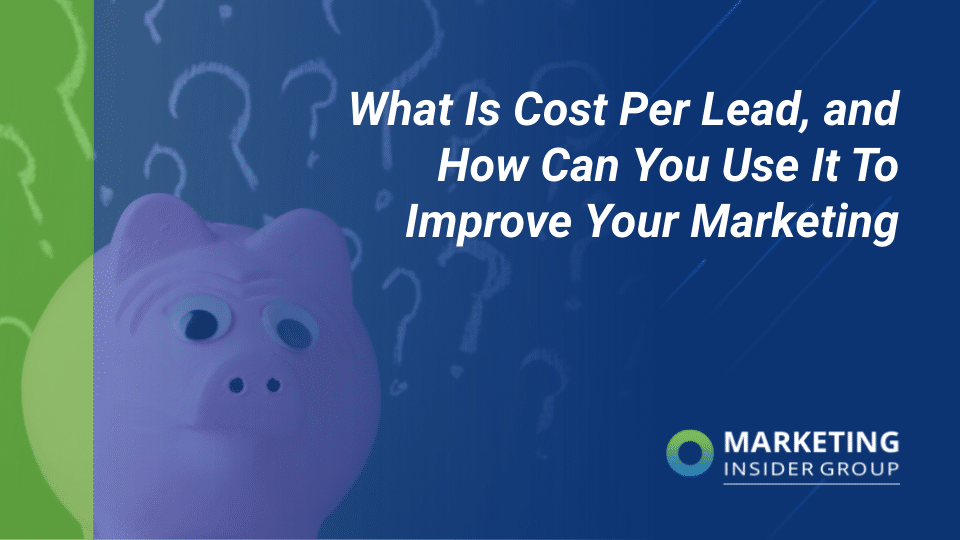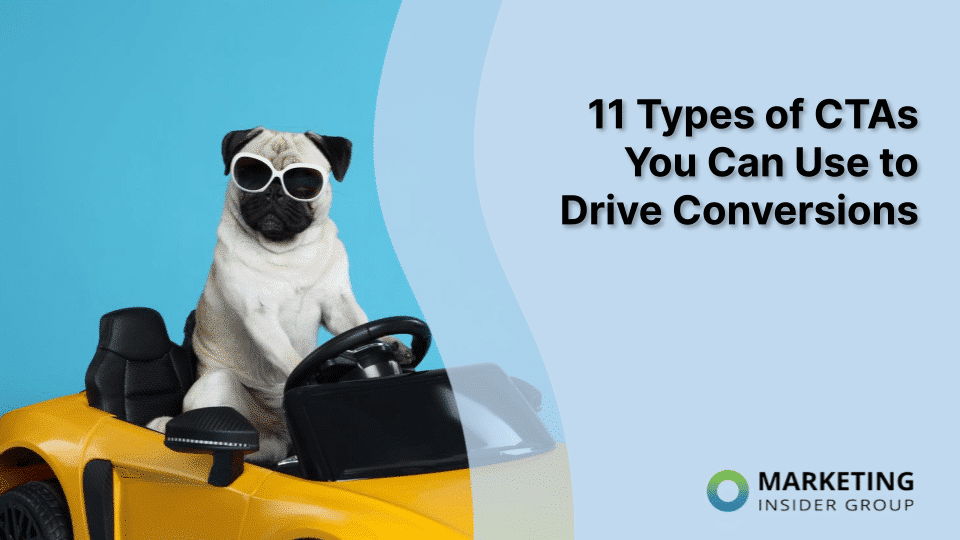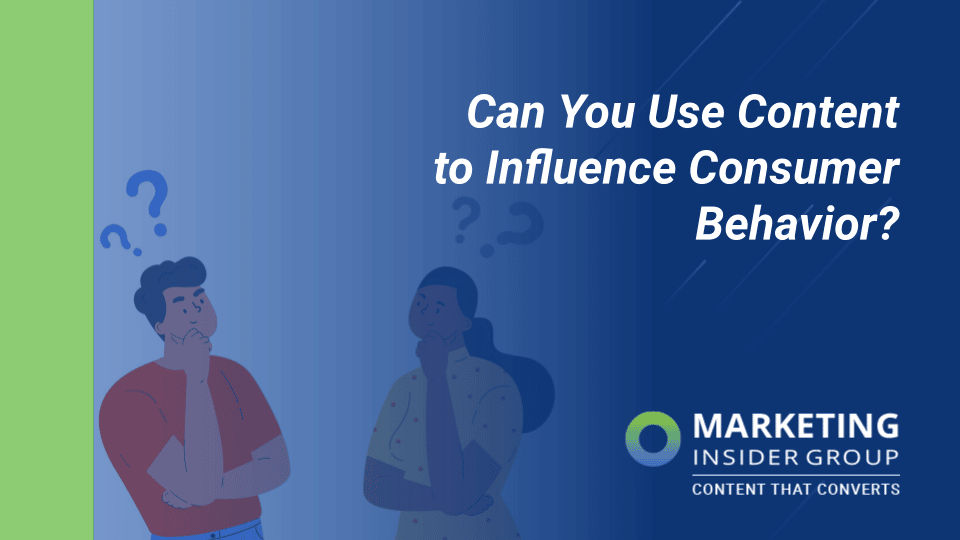
Can You Use Content to Influence Consumer Behavior?
What’s the most important goal for any content marketer? If you said to grow organic traffic, you’re not alone — it’s the most common answer. But it’s also incorrect. The primary goal of any content must be to influence consumer behavior.
When content influences consumer behavior, it drives bigger results than just earning more website traffic. It turns that traffic into real leads, conversions, sales, and ultimately even brand advocates.
So how do you actually use content to influence consumer behavior? Let’s find out.
Quick Takeaways
- Consumer behavior is influenced by three types of motivating factors: psychological, personal, and social.
- Marketers have used the 6 principles of persuasion for decades to influence consumer behavior.
- Buyer personas centered around customer goals and action more effectively influence behavior than those that focus only on individual traits.
- Strong calls to action are the most direct way to influence consumer behavior.
- Shareable content increases instances of social proof, a huge influencer of consumer purchase decisions.
- Scarcity marketing influences consumer behavior by leveraging people’s natural aversion to loss.
Content and consumer behavior: what’s the connection?
Consumer behavior refers to the reasons why individuals make decisions or take certain actions throughout the buying process. Marketers have been studying it for decades.
Before we dive into the ways content can influence consumer behavior, let’s go over how the two are connected in the first place. To really understand this, we need to first explore the basic principles of influence and consumer behavior.
Motivating factors that influence consumer behavior
We know that there are three primary types of motivating factors behind consumer behavior:
- Psychological factors: People’s individual perceptions, attitudes, and life perspectives
- Personal factors: Personal identity factors like age, culture, location, hobbies, profession and more
- Social factors: The preferences and expectations of a person’s social groups (family, friends, neighbors, coworkers, etc.)
In order to truly influence consumer behavior, marketers must understand what these factors are for their target audiences and work to tap into them specifically. This is why it’s so critical to remember there is no one-size-fits-all approach to marketing. If your message does not resonate personally to the people you’re trying to reach, you won’t get very far in getting them to act.
The 6 Principles of Persuasion
Dr. Robert Cialdini published his groundbreaking book Influence: The Psychology of Persuasion nearly forty years ago. He had spent years in sales, advertising, marketing, and public relations firms posing as a new employee and getting trained by various companies on the ways they convince their customers to make decisions. His research found 6 main principles of influence used by these organizations:
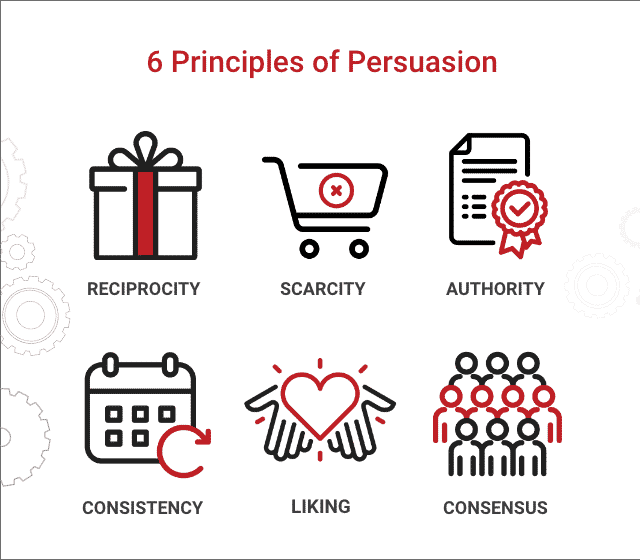
Since then, the world has changed dramatically as have consumer behavior and marketing strategies. Still, these 6 principles remain relevant and widely appreciated by marketers in every industry as necessary concepts to understand when designing campaigns and content.
- Reciprocity: People have a natural desire to give something in return when they receive a favor, kind gesture, or something otherwise valuable (in marketing, this can look like free trials, free consultations, product giveaways, or great content).
- Scarcity: People have a natural desire to want something they can’t have. They feel urgency to get something that may be scarce (like limited edition products, items that are selling out fast, or something that’s only available for a limited time).
- Authority: Demonstrated expertise in a given area increases a person’s desire to trust and engage with that authority (person, group, or brand).
- Commitment: Once someone is already engaged with something, they are more willing and likely to stick with it (this is why retaining current customers is easier than gaining new ones).
- Liking: People have a natural desire to agree with (or like the same things as) someone in similar demographic or other social groups as them.
- Consensus: People naturally follow social norms. If many people are doing (or buying) something, other people become more likely to do it as well.
Learn more about the science of persuasion from Robert Caldini and Steve Martin here:
How content fits into the mix
Customers seek out brand content to help them address a problem or fill a need. At its most basic, content can be informational in ways that help a customer determine their solution. But great content marketers know it’s an opportunity to truly steer the direction of a consumer’s next action or decision.
We’ll talk about some specific ways you can design content to do this later, but for now I want to focus on the overarching way it’s done: funnel marketing.
Funnel marketing means creating specific, targeted content mapped to the buyer journey.
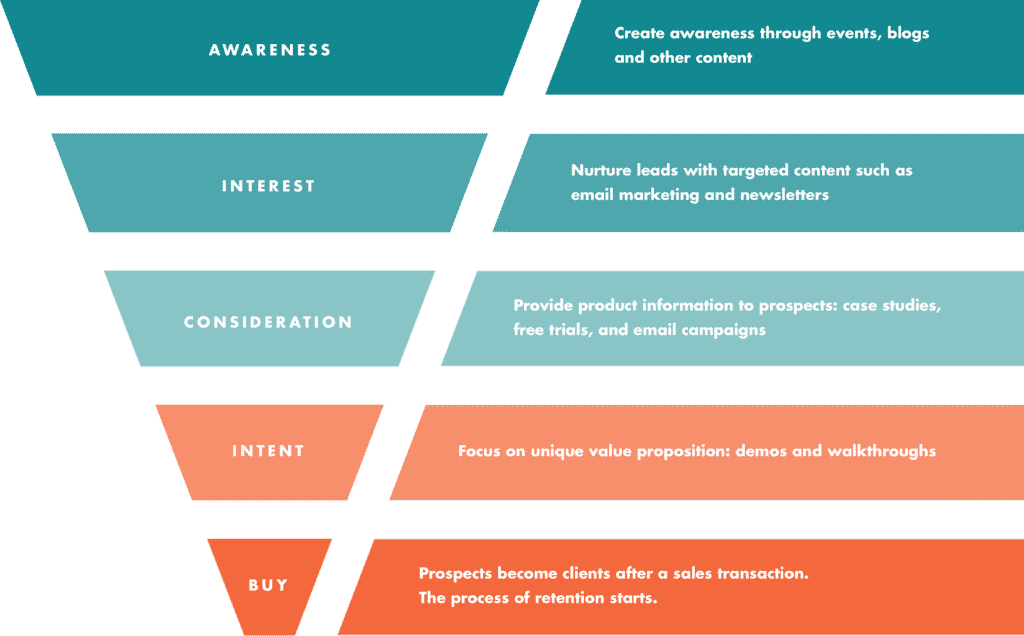
Buyers who have already done their research won’t have use for introductory content that talks about customer pain points. Buyers just starting their research, on the other hand, probably won’t be ready for product demos and strong CTAs to “buy now!”
Mapping your content to the buyer journey makes it better able to influence consumer behavior because it’s aligned with the behavior that’s already most likely. It also provides a stronger user experience because people are receiving content that meets them where they are — they don’t have to go searching for it in other places on your website (or even worse, from other brands).
In short, when you take a funnel marketing approach to deliver the most relevant content possible, consumers feel more understood. This has lots of positive effects — better experience, more trust, and higher likelihood of conversion to name an important few.
Designing content to influence consumer behavior
Okay, so we’ve got the basics down. But how do you really create content that can influence consumer behavior in practice? Here are 5 of the most effective ways to do it. All of them are uncomplicated and actionable — AKA you can start applying them right away.
Buyer personas
If you’re in marketing, you’ve likely heard plenty of talk about personas. Here’s the thing — we’re not talking about boring personas that essentially hinge decisions on one fabricated individual (i.e. Sharon who is 50 years old and has worked in corporate for 30 years, or Brett who’s in college and listens to punk rock music).
These might be fun to come up with and not totally inaccurate (at least not all the time), but if you want your personas to influence consumer behavior, they need to be based on behavior. Yes, demographics and other personal identifiers do play a role, but they aren’t sure predictors of who will interact with your content, and it doesn’t focus on what you want your customer to actually do and what they are trying to achieve.
As it relates to content, here’s what to consider when you create personas:
- Content your target customers use,
- Topics they are interested in
- Types or formats of content they prefer
- Channels they use
- Stage of the buyer journey
- Keywords they use to search and
- Questions they ask.
Your target customer’s likely personal characteristics serve as helpful supporting information, but they aren’t the primary driver of buyer personas. Create content around buyer action and goals to be achieved, and you’ll find your content can influence consumer behavior more effectively.
Strong CTAs
Calls to action (CTAs) are the most direct way of influencing consumer behavior with content. You use them to specifically tell customers what they should do next — read another piece of content, start a free trial, subscribe to a newsletter, contact you directly — it all depends on your brand, your customer, and their stage of the buyer journey.
Any content without a CTA is a big missed opportunity. To get the highest ROI, include specific, personalized CTAs tailored as much as possible to your customer. Hubspot research has found that hyper-personalized (or “smart”) CTAs perform more than 200% better than basic ones.
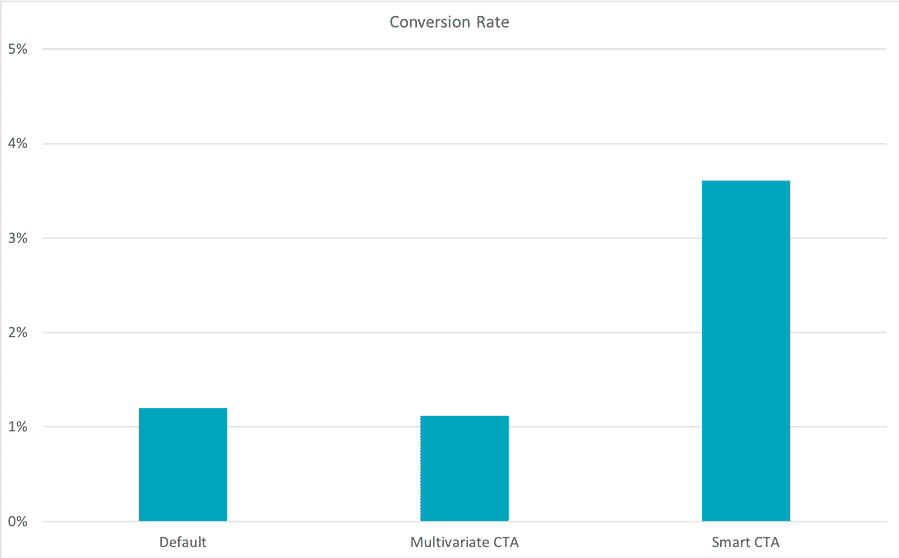
This aligns with the previous principles we’ve covered about motivating factors behind consumer behavior (remember: psychological, personal, and social) and personas created around customer goals.
In other words: when you align your CTAs with the next logical step for that specific user, they’re more likely to take it.
Shareable content
If CTAs are the most direct way to influence consumer behavior, shareable content might be the most effective. Why? Because it drives instances of social proof, and nothing convinces consumers to do something more than the actions and recommendations of their peers.
While we might think about social proof specifically as it relates to product recommendations and purchase reviews, it can also come in the form of shareable content. Any time someone shares your content with positive commentary attached, it serves as an endorsement of your brand in the eyes of your peers.
You can increase the likelihood that this happens by making your content extremely shareable. Here are some easy ways to do it:
- Use statistics and facts in your content
- Create popular content types like how-to guides and listicles
- Add social media buttons to all of your blog posts
- Share all blog posts on your brand’s social media accounts
- Include lots of visuals like images, videos, and infographics
Scarcity marketing
People automatically feel a sense of urgency when they want something they may not be able to have. This is the scarcity principle, and it’s the core tenant of scarcity marketing.
Scarcity marketing influences consumer behavior by building on people’s natural aversion to loss and desire for products that are highly in-demand. You can build scarcity into your content with tactics like emphasizing limited availability, placing time limits on deals and special offers, and using social proof to demonstrate demand.
The two keys to effective scarcity marketing are authenticity and balance. Don’t make scarcity claims that aren’t true and use it in moderation to avoid coming off as pushy or aggressive.
Create a content strategy that converts paying customers
Are you ready to create consistent, high-quality content that grows your audience and converts users into paying customers? Marketing Insider Group can help you create a customized content calendar and deliver optimized, ready-to-publish content every week for a year (or more!).
Check out our SEO Blog Writing Services to learn more or schedule a quick consultation today!


